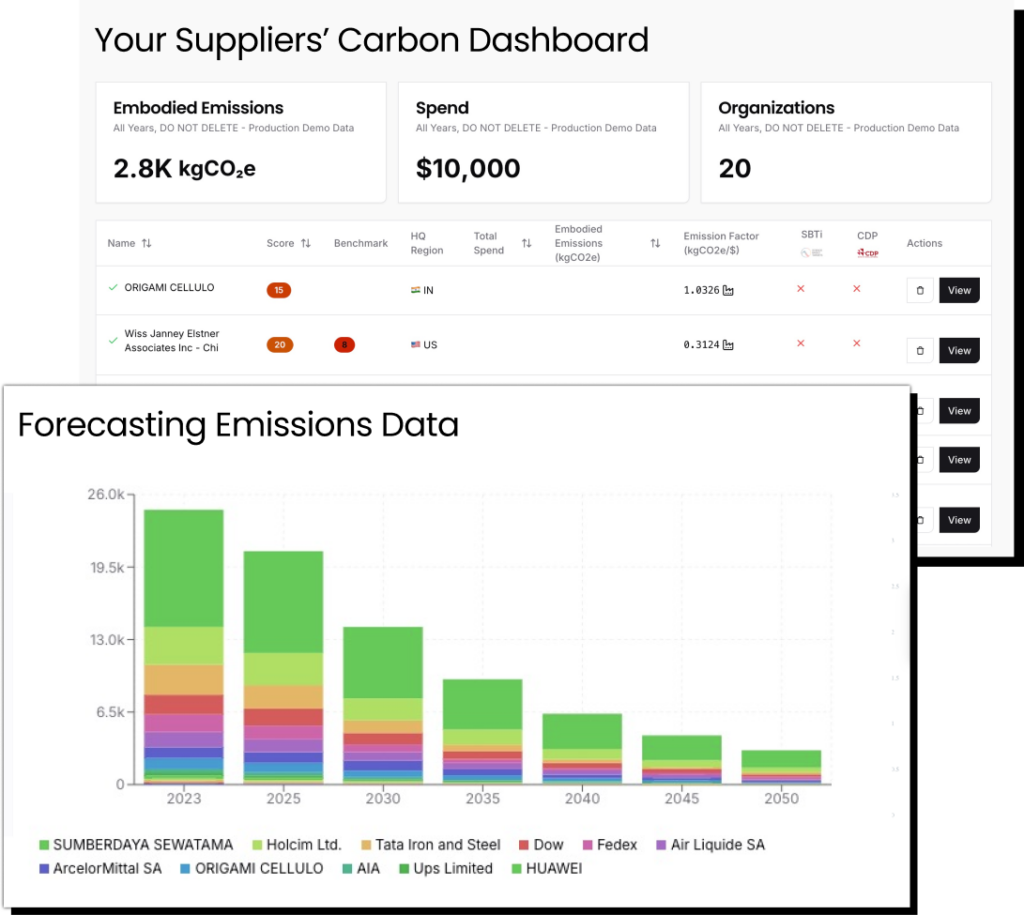The longer, clearer answer
The GHG protocol is one of the most respected bodies in the industry.
From their latest technical guidance:
“In general, more specific methods yield higher quality scope 3 emissions data whereas less specific methods yield lower quality scope 3 emissions data. However, the more specific methods are often more time and labor intensive. The best method for each category depends on factors described below:
- The relative size of the emissions from the scope 3 activity
- The company’s business goals
- Data availability
- Data quality
- The cost and data required to apply each method
- Other criteria identified by the company.
Companies should select calculation methods that ensure that the inventory appropriately reflects the GHG emissions of the activities and serves the decision-making needs of users, both internal and external to the company.”
They go on to say,
“Collecting higher quality data for priority activities allows companies to focus resources on the most significant GHG emissions in the value chain, more effectively set reduction targets, and track and demonstrate GHG reductions over time.”
How do we match this?
At Ditch Carbon we do the following:
For large emissions within your data we use the most accurate data available to us, this is often reporting directly from the company. For smaller emissions through your supply chain we will use averages for the type of company that those companies fall into.
GHG also list the various acceptable calculation methods:
| GHG Method | Does Ditch Carbon use this? | Comment |
|---|---|---|
| Supplier-specific | Yes | We supplier specific calculations for any business that has published its emissions – including all listed business |
| Hybrid | Yes | This is the most accurate description of our methodology |
| Average-data | Yes | We use this for purchases where the product purchased is the most obvious, e.g. fuel purchases from known retailers |
| Spend-based | Yes | This is how we calculate emissions for the smallest businesses in your supply chain |
SBTi also references the GHG protectol methodologies and also recently stipulated that in order to be classed as Net Zero,businesses may only offset 10% of carbon emissions, and the rest must be real reductions from their baseline. With an average of 85% of emissions coming through the supply chain, there’s no way to become net zero without cutting the carbon out of your supply chain.
So in summary…. yes! You can definitely use our calculations for auditing.
Ready to get started?
Ditch Carbon can help you get the carbon footprint of up to 250 suppliers totally free – just reach out and book a time to chat to us >>
